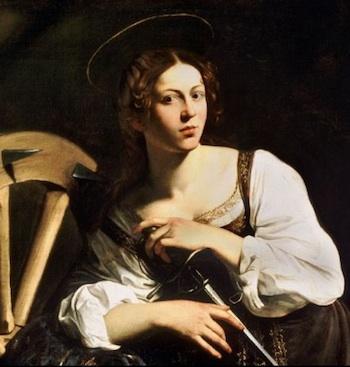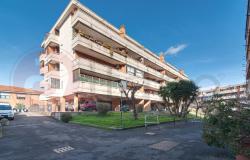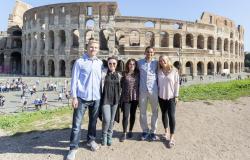The exhibition to mark the 400th anniversary of the death of Michelangelo Merisi, or Caravaggio, opened at the Scuderie del Quirinale in Rome on Saturday and runs until 13th June.
This exhibition is unique in that it features only works which can definitely be attributed to Caravaggio himself, rather than to his “school”. It was Claudio Strinati, former Superintendent of the Museums of Rome, who had the brave idea of bringing 24 of the artist’s greatest works, from museums all over the world, together at this time.
Among the works on loan from other museums are:
- Bacchus from the Uffizi Gallery, Florence
- The Lute Player from the Hermitage Museum, St Petersburg
- The Adoration of the Shepherds from the Regional Museum of Messina
- The Musicians from the Metropolitan Museum of Art, New York
- The Fruit Bowl from the Biblioteca Ambrosiana, Milan
“The Fruit Bowl” is on loan for the first time.
The organisers of the exhibition feel that there is now new interest in Caravaggio and want to show his work in a new light: recent research reveals him as an unconventional character rather then a tormented one and, as to his much disputed sexuality, the organisers say that there is no evidence that he was homosexual. New techniques such as digital imaging have enabled researchers to learn more about the way in which this master of “chiaroscuro” worked.
2,500 people visited the exhibition on Saturday and 2,300 on Sunday. The event has sold out for the opening weeks. Therefore pre-booking is advised.
You can buy tickets online at
http://www.pierreci.it/en/exhibitions-and-events/online-tick@print-scude...
or by calling: 0039 06 39967200.
Rome’s Palazzo Senatorio has listed 15 other paintings by Caravaggio that can be seen around the city. These include the “Jupiter, Neptune and Pluto” for which the artist used a mirror to paint in his own naked body. The works have been left in their various locations so that visitors can enjoy them in their original surroundings.









